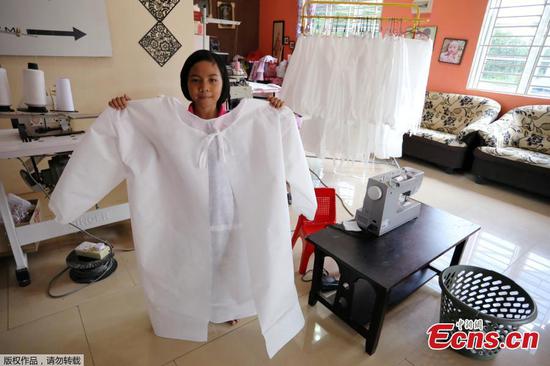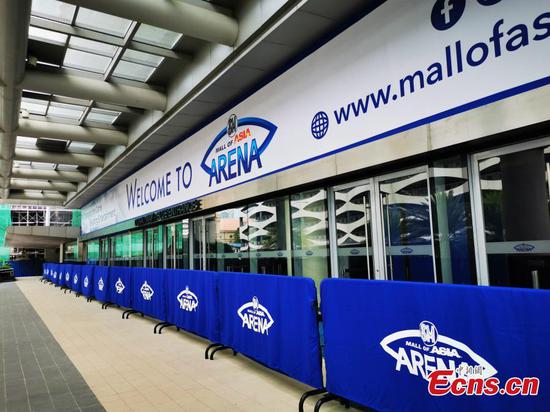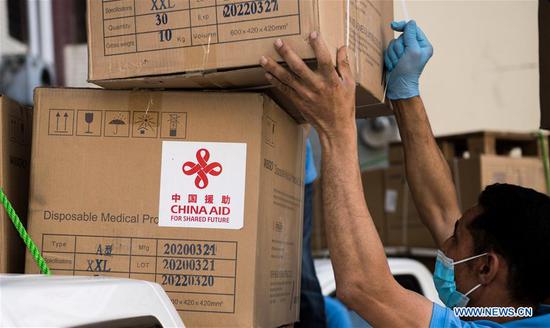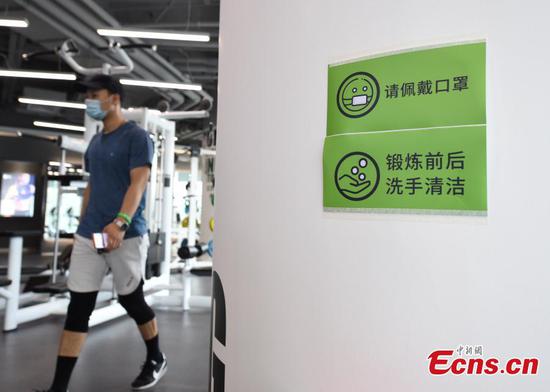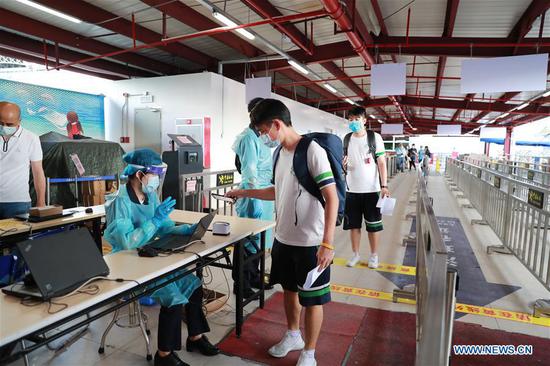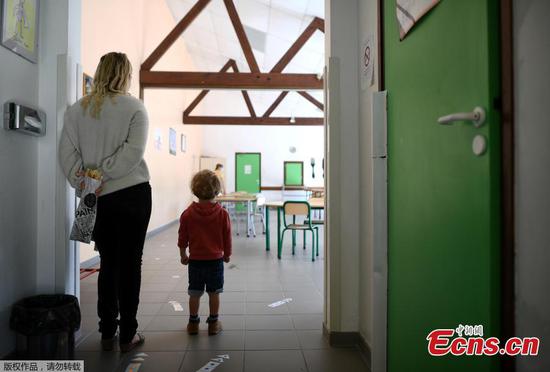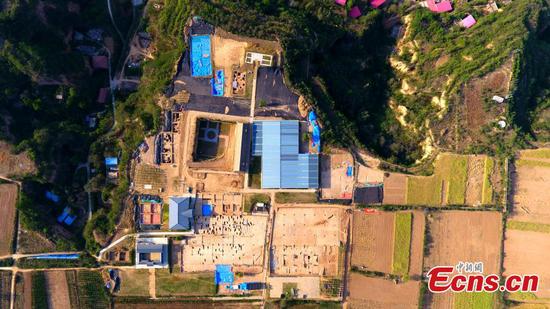
Two Skyworth employees assemble TV sets on a production line of the company in Guangzhou on Feb 10. [Photo/XINHUA]
Apart from China, it operates in other Asian countries, such as the Philippines, Malaysia, Indonesia, Thailand, Vietnam and India, as well as South Africa, Germany and the Americas.
In 2019, its revenue was 37.3 billion yuan ($5.3 billion), and net profit climbed 23 percent to 839 million yuan on the back of business adjustments and a shift toward more high-end products like set-top boxes with organic light-emitting diode or OLED screens.
Its revenue from overseas markets reached 11.3 billion yuan, up 5 percent year-on-year, contributing more than 30 percent to the company's total revenue.
Data from the China Household Electric Appliances Research Institute showed the revenue of China's home appliance sector reached 803.2 billion yuan last year, down more than 2 percent year-on-year.
Marching into overseas markets has become a new profit growth point for Chinese home appliance companies due to the saturation of the local market and increasing costs of labor, logistics and raw materials.
The traditional TV market is almost saturated and companies need to seek new growth points, said Dong Min, an independent researcher in the home appliances sector.
"Expansion into overseas markets could not only relieve the pressure of high inventory in the domestic market but increase the international influence of Chinese home appliance companies."
Liang Zhenpeng, a consumer electronics analyst, said the growth rate in the domestic home appliance market is dropping so major players should accelerate steps to expand in overseas markets such as North America and South America, Africa and Europe as such markets continue to show huge growth potential in low, medium and high-end products.
"In the past, most of the Chinese enterprises adopted the OEM or original equipment manufacturer model, but nowadays they tend to build their own brands to be competitive globally," Liang said.










